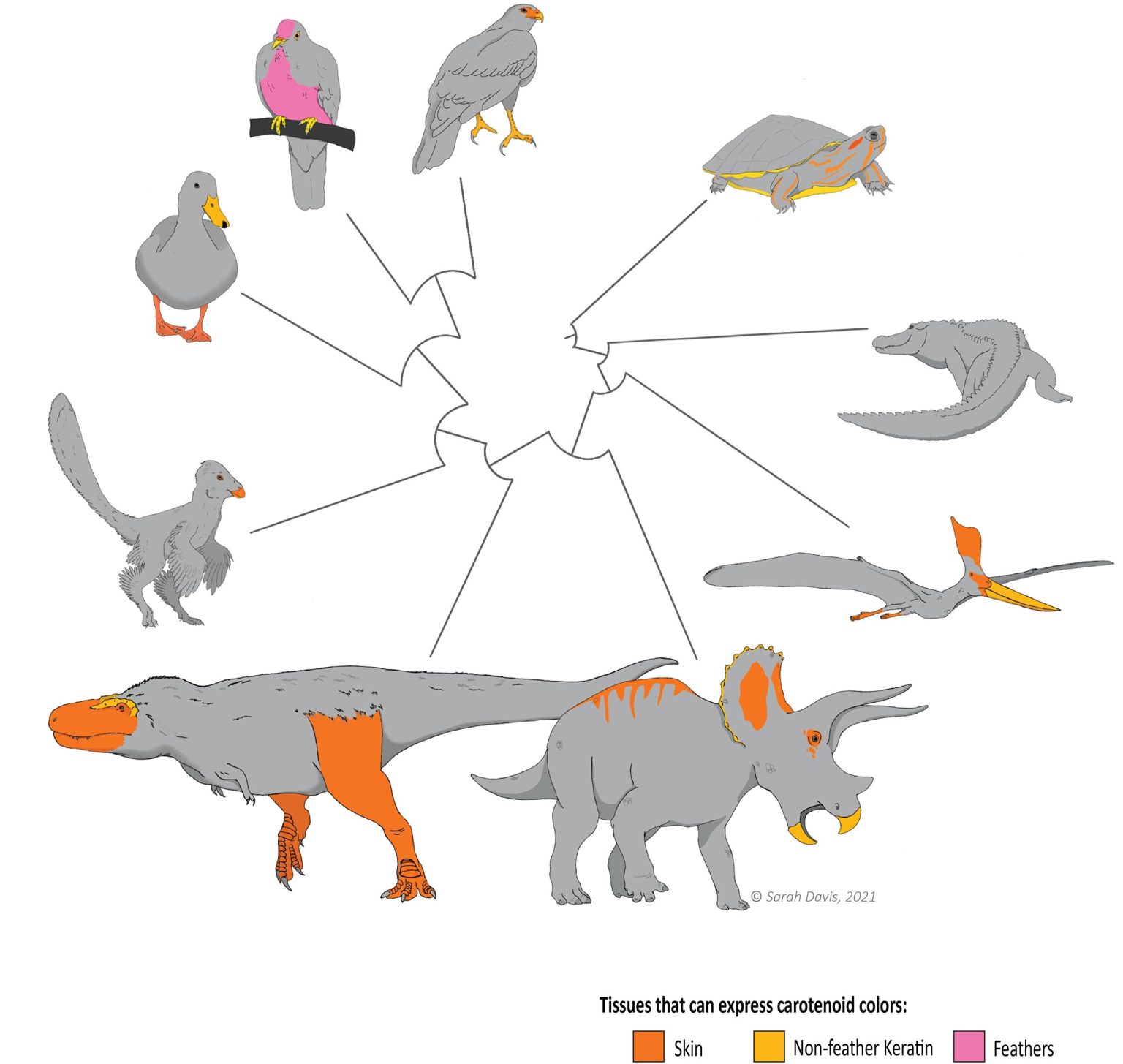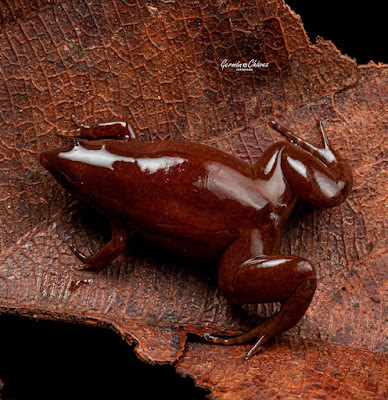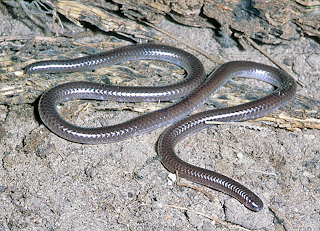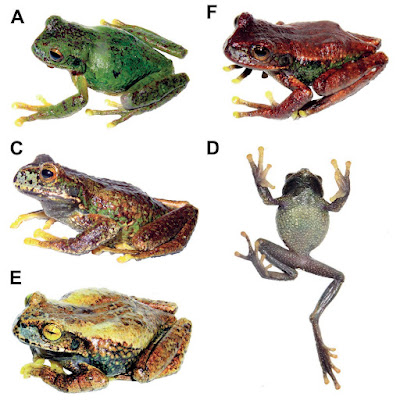We describe a new species of microhylid frog of the genus Synapturanus from the lower Putumayo basin in Loreto, Perú. Specimens inhabited the soils of stunted pole forests growing on peat. Leer más.





A new snake species of the genus Rena is described from northern Jalisco, Mexico. The new species represents an isolated member of the R. dulcis group in the extreme southwest Mesa Central of the country. Leer más.
We describe two new species of Gastrotheca from the humid montane forests and grasslands of La Libertad and Amazonas departments, respectively, in the northern portion of the central Peruvian Andes. Leer más.
Advanced nuclear and synchrotron imaging has confirmed that a 93-million-year-old crocodile found in Central Queensland devoured a juvenile dinosaur based on remains found in the fossilized stomach contents. Leer más.
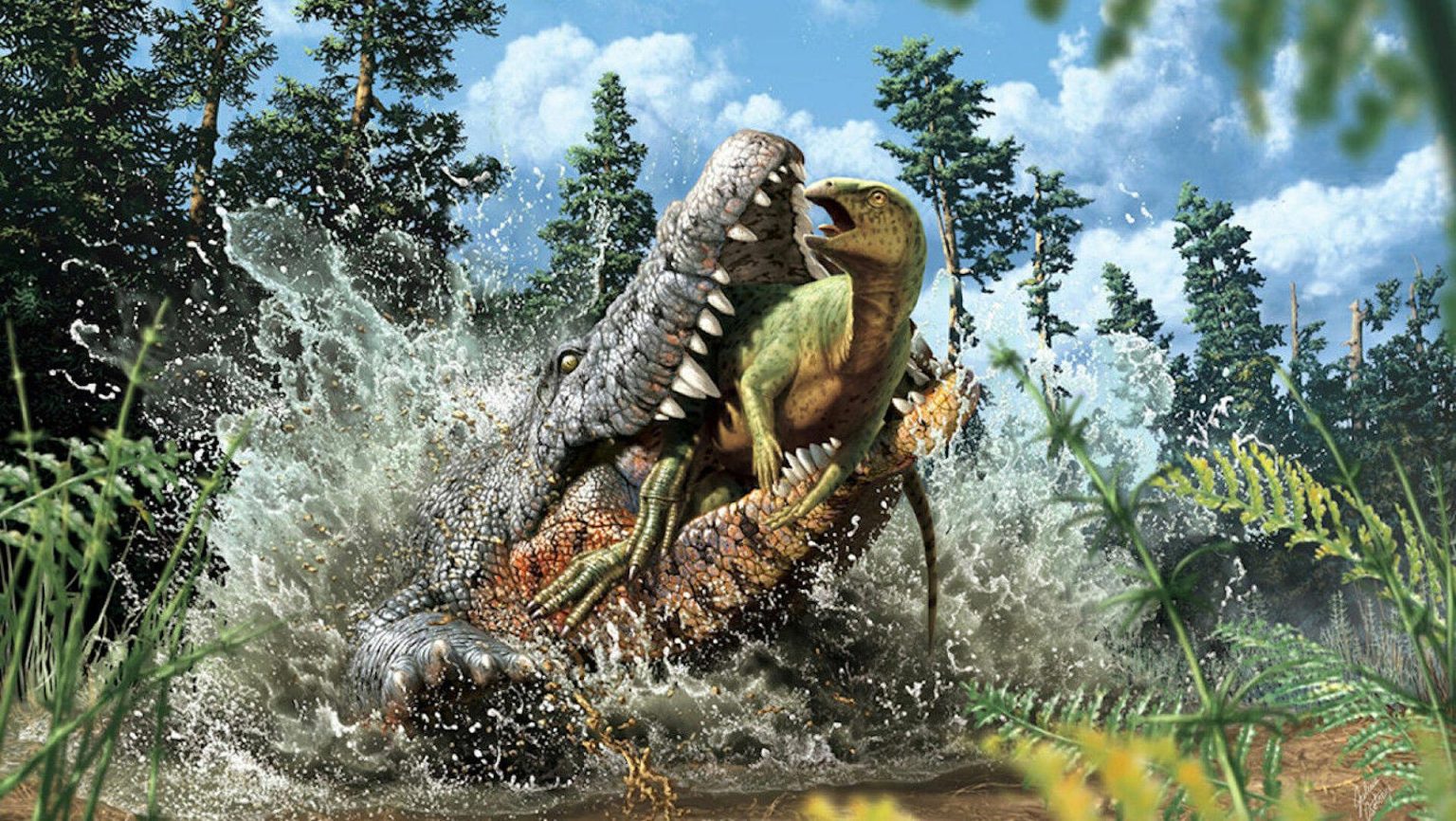
Extinct dinosaurs may have had bright color on their skin, scales and beaks in a manner similar to modern birds, according to research led by The University of Texas at Austin. An artist’s interpretation compares areas of bright color on a modern duck to where they might have appeared on an extinct Tyrannosaurs Rex. Different colors represent different tissue types. Skin is shown in orange. Scales and beak keratin are in yellow. Leer más.
